Category Archives: FPGA Design
10 Top Mistakes in FPGA Programming
14/07/2020, hardwarebee

This document provides a list of ten mistakes that are common in FPGA programming. We have collected 10 top mistakes FPGA design engineers typically make in their design and provides suggestions and alternatives which can be used as a solution for the same. This document assumes that the reader already
Read MoreFPGA to ASIC Conversion Guide
14/07/2020, hardwarebee

This article will help you understand the steps required in converting your FPGA to an ASIC. The world of electronics and circuitry continues to grow and evolve every day, making significant process with each new advent and invention. When it comes to hardware, especially considering integrated circuits, it plays a
Read MoreXilinx vs. Intel High-End FPGA Series Comparison
28/05/2020, hardwarebee
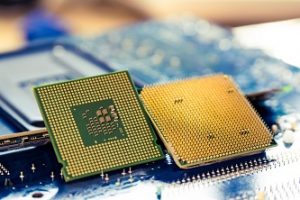
This article provides a comprehensive comparison between the high-performance FPGA family of both Xilinx (AMD) vs. Intel (Altera) and will help you chose your next FPGA chip wisely.
The document is divided into the following subsections with numerous subsections which dive deeper into each topic:
Feature comparison
Read MoreFPGA Basics
07/05/2020, hardwarebee

This document introduces the reader to one of the articles we have created to help with FPGA Basics. This article will enables FPGA designers to get through the first basics steps of FPGA programming.
FPGA Basics
As FPGA designs get more and more complex, therefore it is very
Introduction to Gate Array
30/03/2020, hardwarebee

Gate Array is a semiconductor technology that an FPGA/ASIC engineer can use to design and then produce chips or ASICs. also referred to as Uncommitted Logic Arrays (ULAs) and semi-custom chips, the gate array approach allows for more flexibility and versatility. You have a prefabricated chip that comprises of all
Read MoreFPGA Programming Tutorial
30/03/2020, hardwarebee
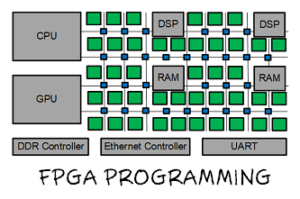
This FPGA programming tutorial shows the must-follow FPGA programming steps to ensure that there are no pitfalls in the programming and execution of the FPGA. The tutorial is starting with a introduction to the FPGA technology and then describes the programming process of an FPGA. This FPGA programming tutorial will
Read MoreProgrammable Logic Devices (PLD) Overview
01/03/2020, hardwarebee
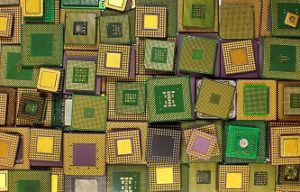
What is PLD?
PLD stands for Programmable Logic Device. A Programmable Logic Device is an individual, programmable electronic chip which can be used as an element to build digital circuits that can be reconfigured. Programmable Logic Devices have programmable elements that can be modified and programmed using a special
FPGA Applications
15/02/2020, hardwarebee
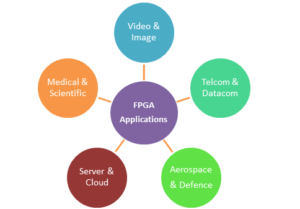
FPGA chips play a big role in the development of various technological advancement and are some of the most important products that are centered around FPGAs. In this paper we will describe the most common FPGA applications and provide examples of FPGA usage in different applications. There are various types
Read MoreClock Domain Crossing Techniques for FPGA
10/02/2020, hardwarebee

This document provides an overview of the importance of clock domain crossing (CDC) and introduces the reader to methods and techniques for taking care of clock domain crossing so that the design meets all functional requirements for a stable design. Improper clock domain crossing can cause the design to stop
Read MoreThe Ultimate Guide to CPLD
02/02/2020, hardwarebee
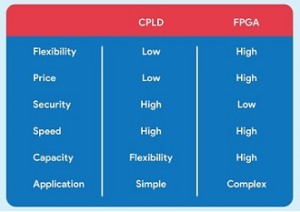
This article discusses the Complex Programmable Logic Devices (CPLD) history, CPLD family types, CPLD architecture, CPLD clock, and CPLD applications.
When it comes to programmable logic devices or PLDs, there are a number of different options to choose from. From PALs and PLAs, to CPLDs and FPGAs- you can


